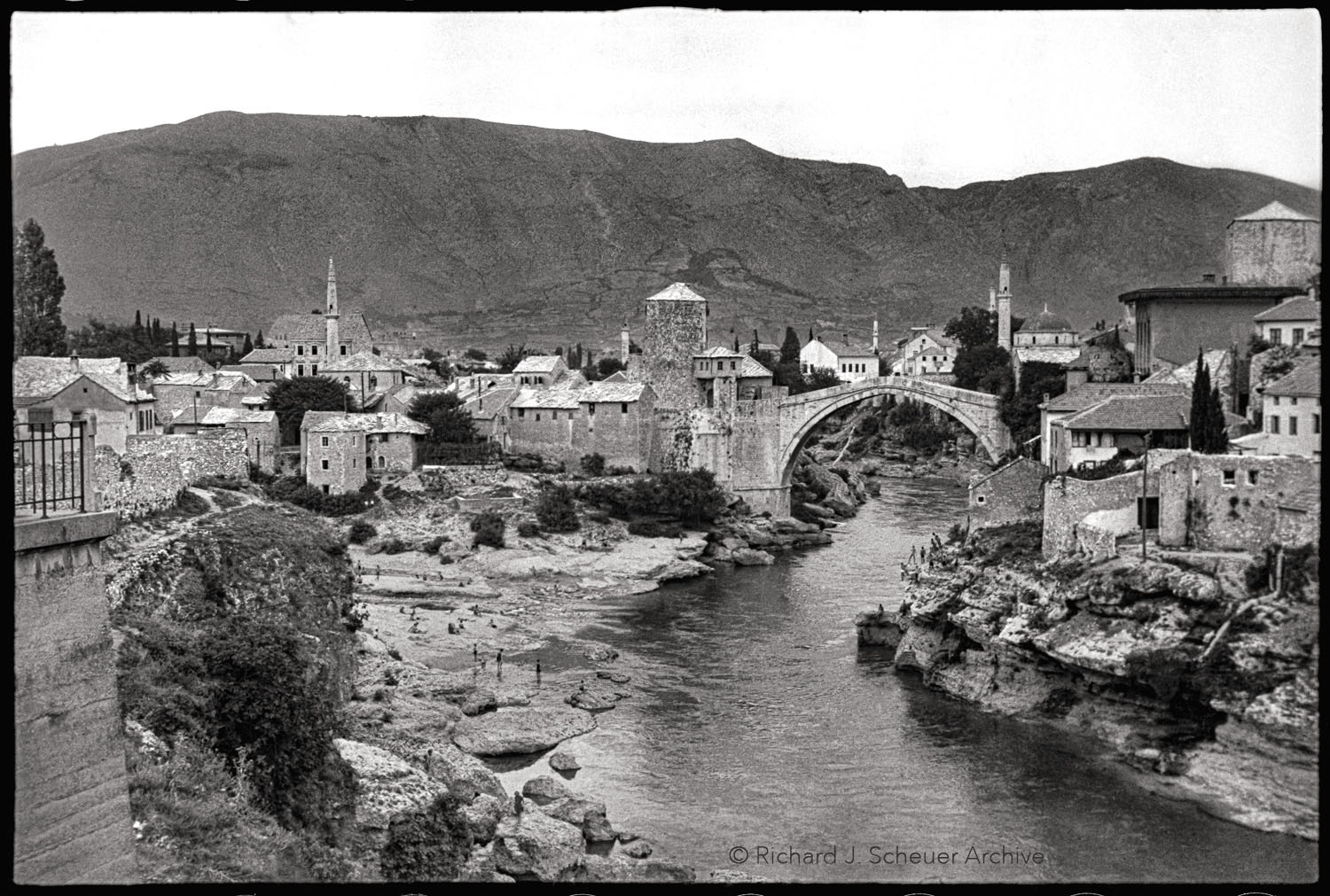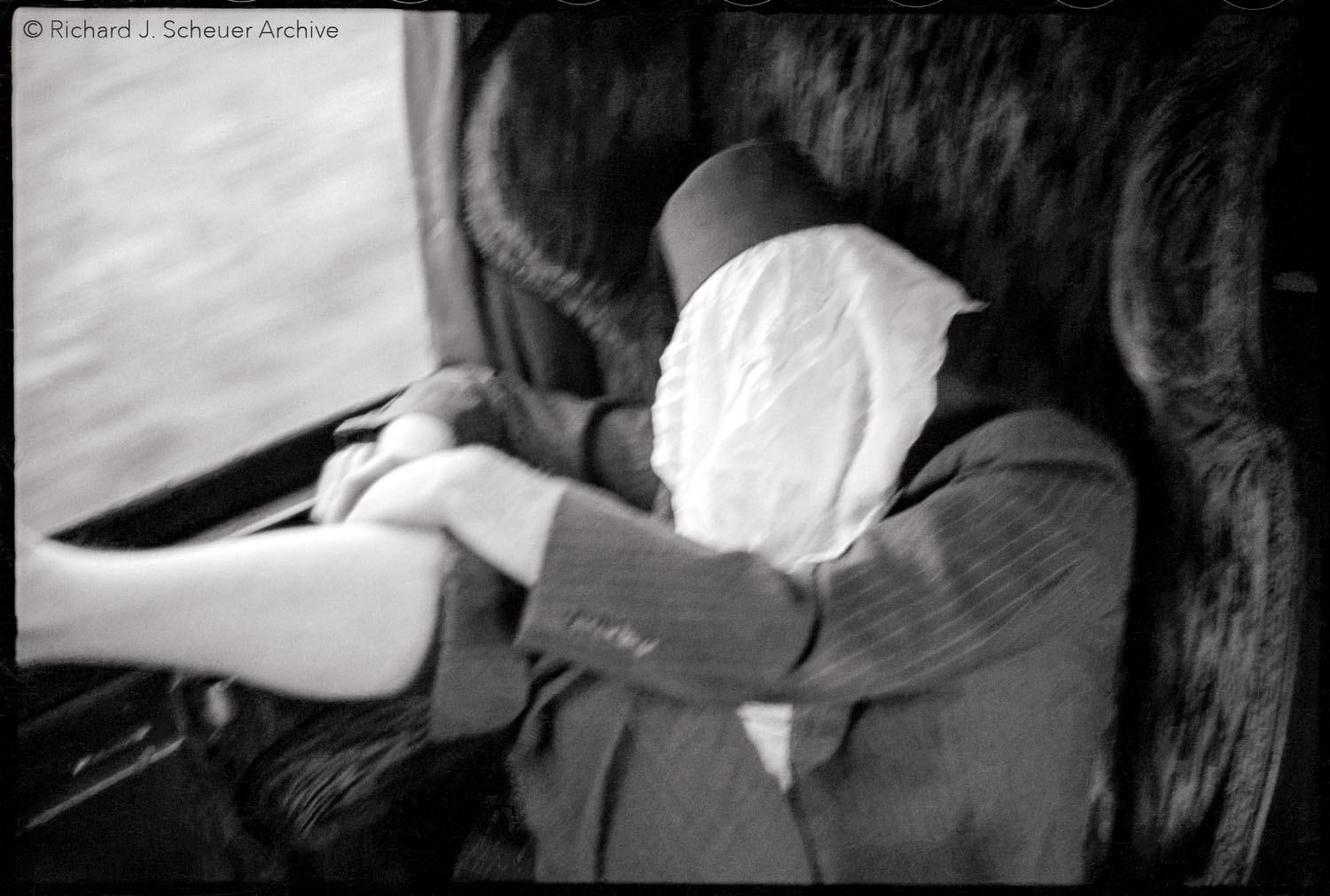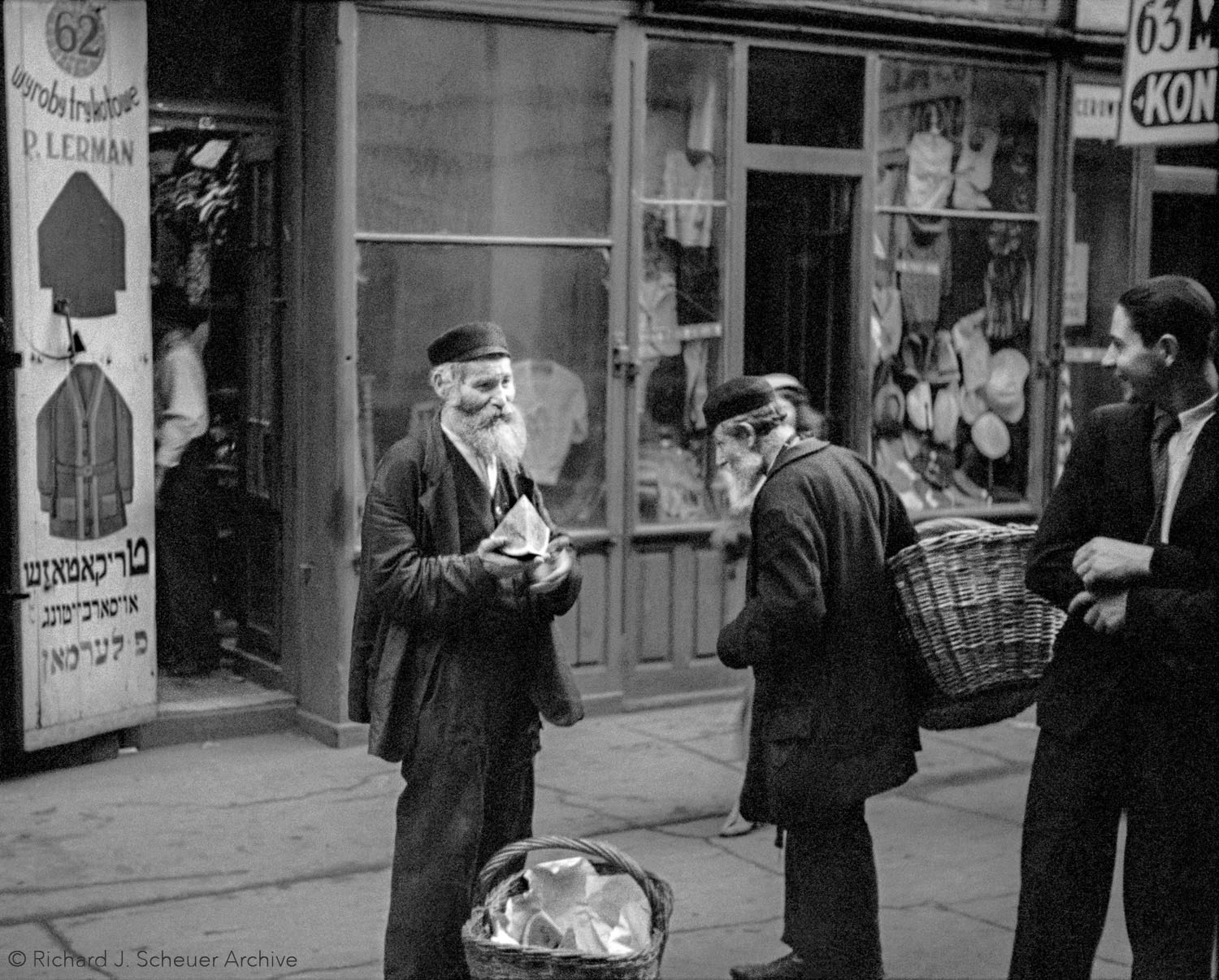







The relaxed but self-assured cattleman in the center looks at the photographer. The gesture of his left arm sets off an undulating wave pattern, extending through the horns of the steers, and is set against the stark black rectangular openings of the building in the rear.

There is ample space around the three central figures. The V-shape of the two staffs ignites the visual energy of this picture. Three young cattlemen, wearing berets typical of the Basque region, stare directly at the photographer, one smiling, the other two eying him coolly.




























Lengths of rawhide used in shoemaking dangle over a pair of empty shoes on the left, making a surrealistic stand-in for a human figure. On the right, strands of hide hanging in a dark doorway and a ghostly highlight complete the eerie framing of the shoemaker and his sleepy friend.









Behind her veil, a woman smiles back at the photographer. She wears lipstick and carries an elegant handbag. She is probably one of Scheuer’s traveling companions, who may have put on hijab in order to enter the Mosque. Behind her, a man regards the scene with apparent disapproval.
Behind her veil, a woman smiles back at the photographer. She wears lipstick and carries an elegant handbag. Behind her, a man regards the scene with apparent disapproval. We suspect that the woman is one of Scheuer’s traveling companions, who may have put on hijab in order to enter the Mosque










Perhaps the seated man in the foreground, beaming at the photographer, is the proprietor. His assistant, barely visible on the left, may be repairing a damaged shoe, the mate of which is in the crook of the arm of the man on the right, who also holds a pair of new dress shoes in his hand. Is the young man to his right his son?




A symphony of rectangles fills the tightly organized frame. Here we have the full cycle of life: The child in the stroller in the lower right, the two middle-aged men who converse amiably, one engaging the child, and an elderly man with a cane walking out of the frame on the left. The two painted figures on the shutters echo the two standing men. The cut-off figures on the right and left sides of this image add to its power. Form and content interweave to make a complete artistic statement.


Nalewki street was the commercial center of the Warsaw Jewish Quarter. The old men in their traditional dress and the young boy in a white sailor suit stepping into the store entrance are in sharp focus, but the figures at the sides, dressed in more modern secular clothing, are in soft focus, and slightly blurred by motion. A street photographer must make instantaneous choices regarding focus and length of exposure, depending on the available light. There are always trade-offs. In this case, Scheuer opted for a relatively long exposure, and a madium lens aperture that kept the middle and the background sharp. Scheuer’s use of cut-off figures, out of focus elements and motion blur extends the range of what is acceptable in a photograph, anticipating the street photography aesthetic of Robert Frank and Garry Winogrand in the 1950’s and later. In 1940, six years after Scheuer’s visit, the Nazi occupiers established the Warsaw Ghetto, enclosing this community. The Nazis razed the ghetto and killed or deported to concentration camps all of its inhabitants in 1943.



This carefree scene underscores the vitality of Warsaw’s Jewish community at this moment. The vendor’s watermelon wedge is echoed by the wedge shape on the doorway behind the figures. A woman passes behind the watermelon seller, with only her shoe visible here. The man on the right, enjoying flatbread, also appears in the previous photo and in Men With Prayer Shawls.








































